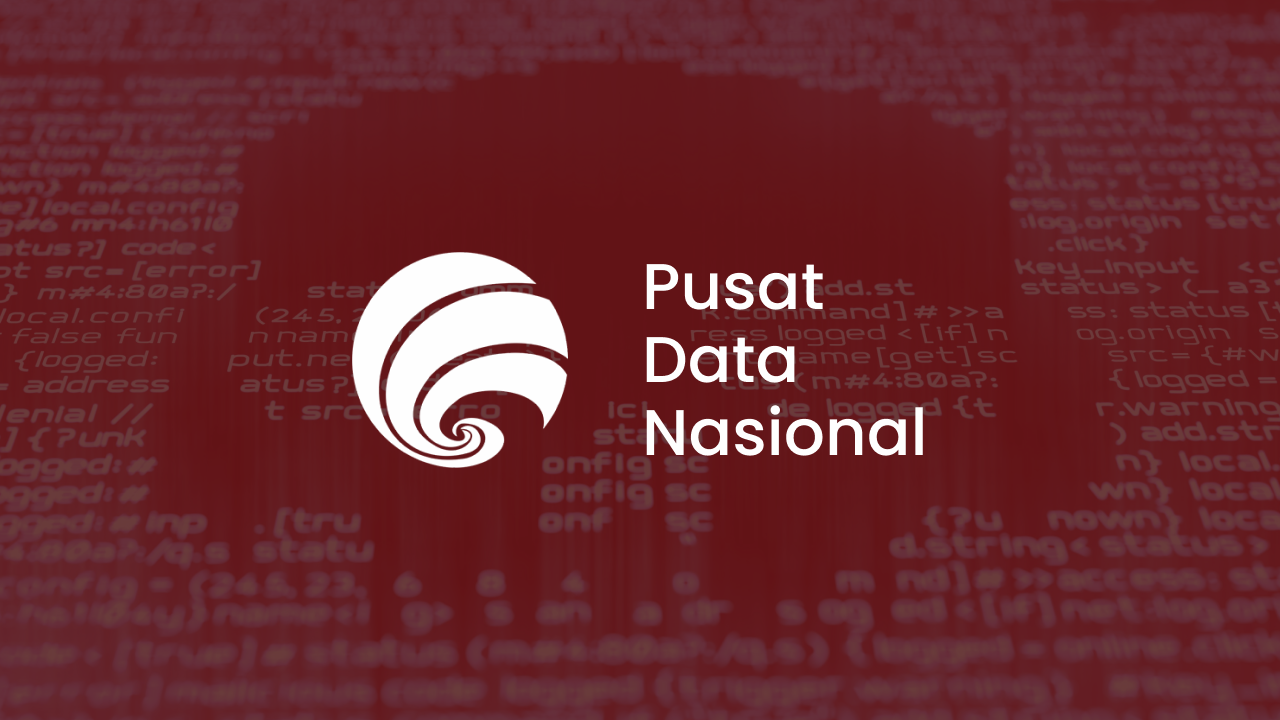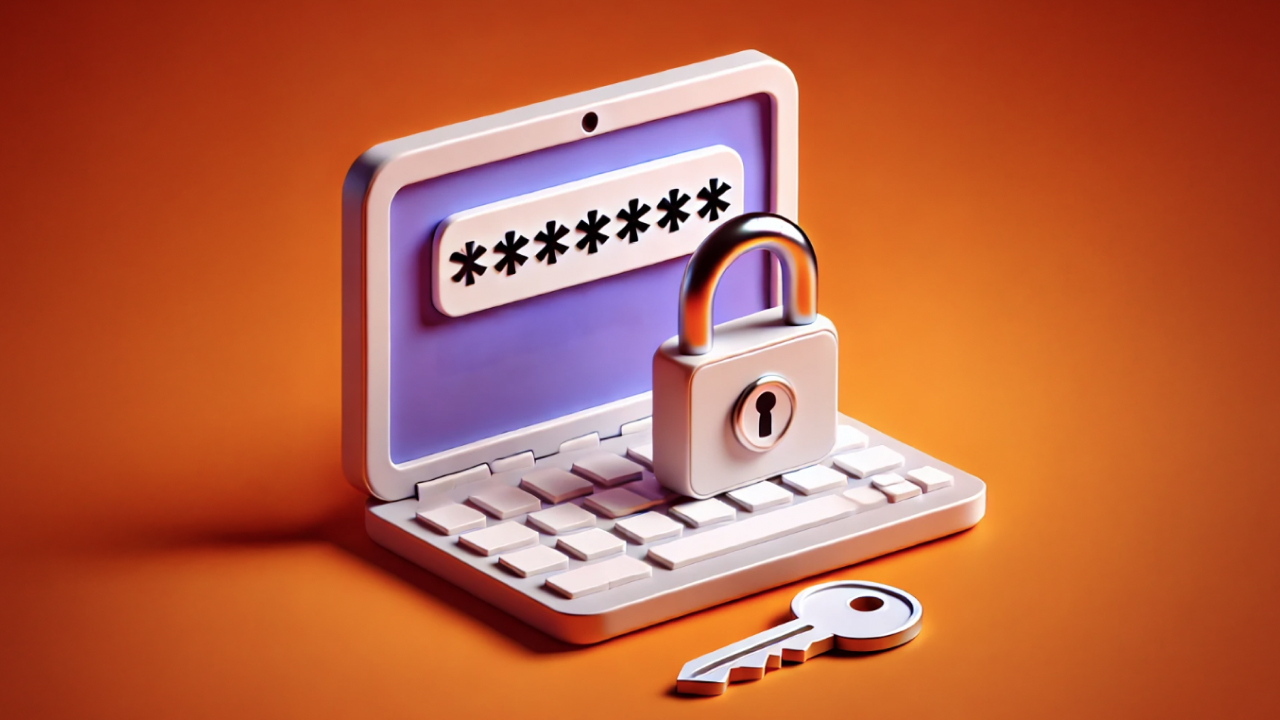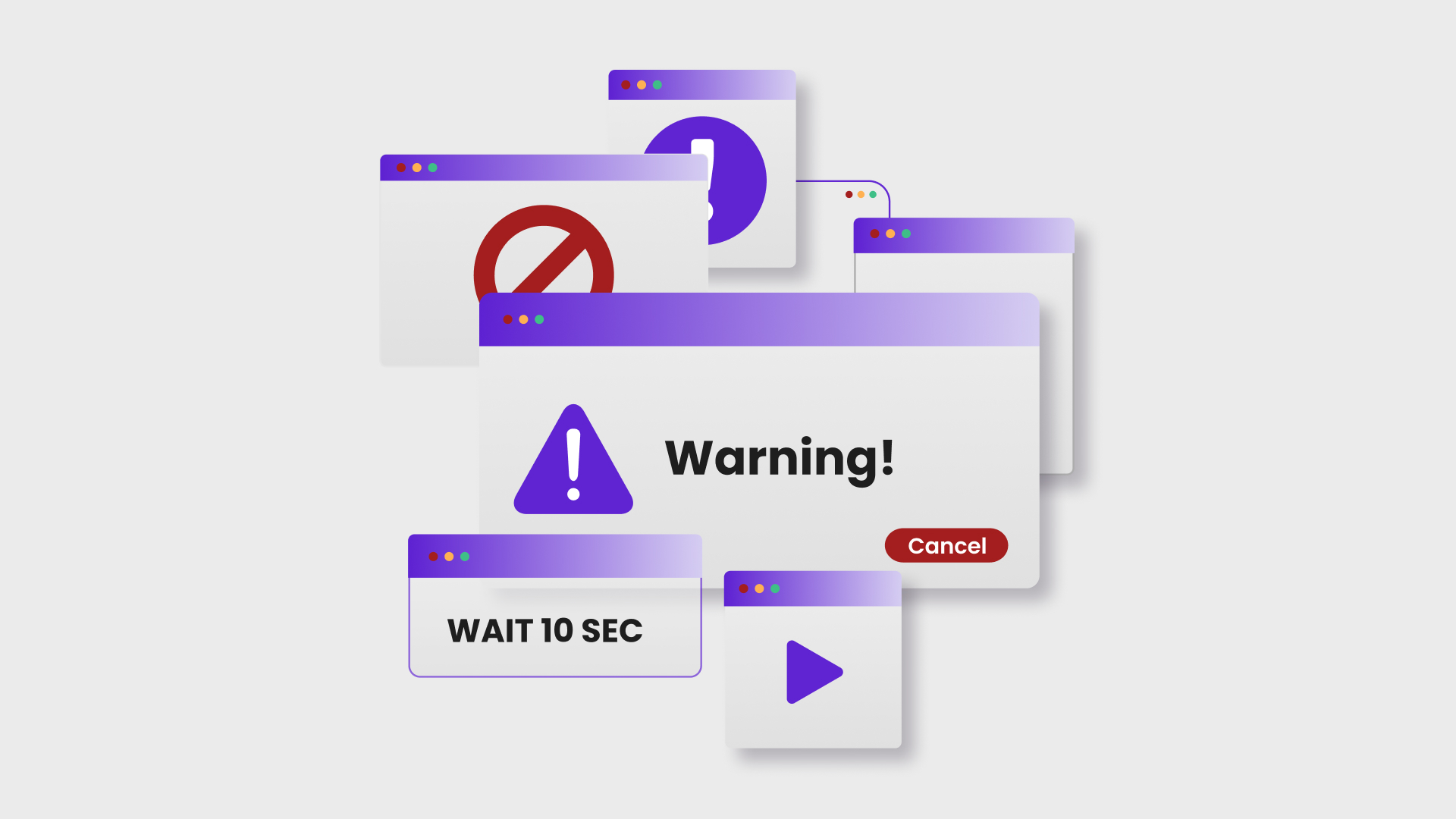By Patricia A. Pramono • Studio 1080, Published on June 12, 2024
TABLE OF CONTENTS
With digital transformation accelerating rapidly, understanding malware threats is crucial for both individuals and organizations. Malware, short for malicious software, refers to any software intentionally designed to cause damage to a computer, server, client, or computer network.
According to a report by AT&T Cybersecurity, "2023 witnessed a dramatic surge in the sophistication of cyber threats and malware, with attackers exploiting zero-day vulnerabilities and introducing new tactics" (AT&T Cybersecurity), and Bill Cozens from Malwarebytes notes that "2023 broke records with its total number of 4475 ransomware attacks, a 70% increase from 2022" (Malwarebytes). This statistic highlights the escalating threat of ransomware and the need for comprehensive defense strategies, to better protect you and your company.
What is Malware?
Malware encompasses a variety of harmful software, including viruses, worms, trojans, ransomware, spyware, adware, and more. Each type of malware has a unique method of attack and impact:
-
Viruses attach themselves to clean files and spread throughout a computer system, corrupting files and functionality.
-
Worms exploit vulnerabilities to spread across networks without human interaction.
-
Trojans disguise themselves as legitimate software to trick users into installing them, often leading to significant security breaches.
-
Ransomware encrypts user data and demands payment for the decryption key.
-
Spyware covertly collects user information without consent.
Recent Malware Attacks in Indonesia
Indonesia has experienced several significant malware attacks in recent years:
-
BPJS Kesehatan Data Breach (2021): In May 2021, the personal data of millions of users of the Indonesian Health and Social Security Agency (BPJS Kesehatan) was sold on an online forum, raising serious concerns about data protection (KOMPAS.com) (Indonesia Investments).
-
National Nuclear Energy Agency Attack (2023): In March 2023, threat hackers leaked 1.4 GB of data from Indonesia's National Nuclear Energy Agency (Batan) on a breach forum. The attack appeared to be motivated by hacktivism, protesting government policies during a period of civil unrest (Resecurity).
-
Electronic Health Alert Card (eHAC) Breach (2021): In August 2021, a significant breach in the eHAC application exposed sensitive health data of numerous users, emphasizing the vulnerabilities in digital health systems (Indonesia Investments).
Effective Solutions
To combat the increasing threat of malware, we offer a comprehensive suite of cybersecurity solutions tailored to safeguard your digital assets. These are some examples of the approach we can take:
-
Advanced Threat Detection: Utilizing machine learning and behavioral analysis, our threat detection system identifies and mitigates threats in real-time.
-
Endpoint Protection: By securing endpoints with advanced antivirus and anti-malware tools, we ensure a strong defense against a wide range of malware.
-
Data Encryption: Ensuring that sensitive data is encrypted both in transit and at rest, making it inaccessible to unauthorized users even in the event of a breach.
-
Incident Response and Recovery: Offering rapid incident response services and recovery plans to minimize downtime and data loss in the aftermath of an attack.
Conclusion
Understanding malware threats and implementing powerful cybersecurity measures is crucial in today's digital era. The recent cases in our own country have underlined the urgency of these measures. By leveraging our advanced cybersecurity solutions, organizations can significantly reduce their risk and ensure a secure digital environment.
Contact us and schedule a meeting with our team!






